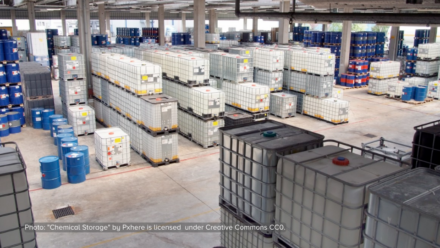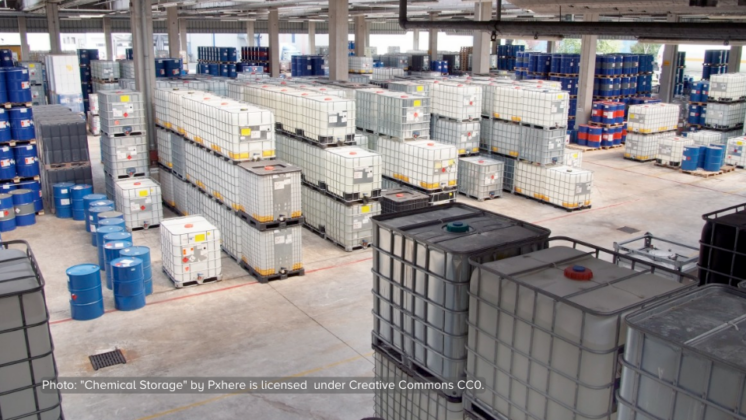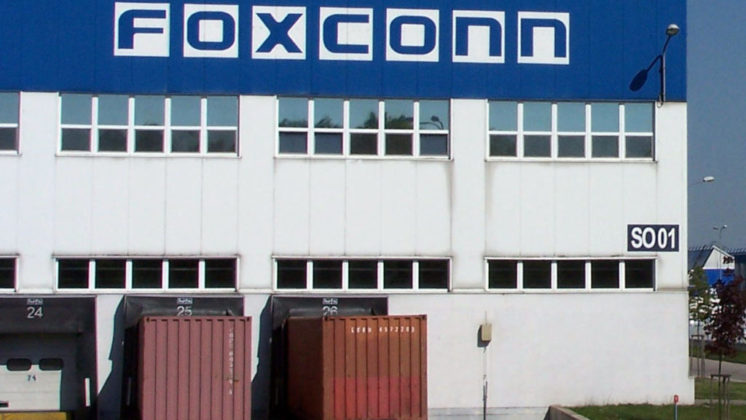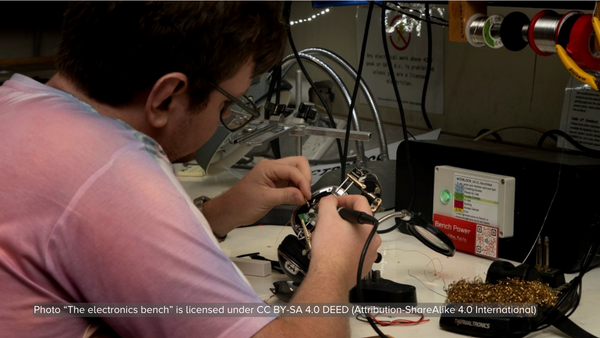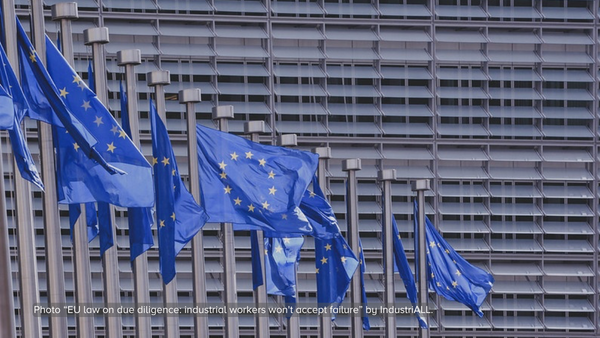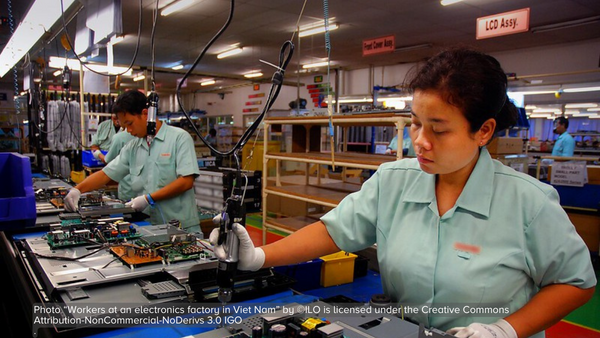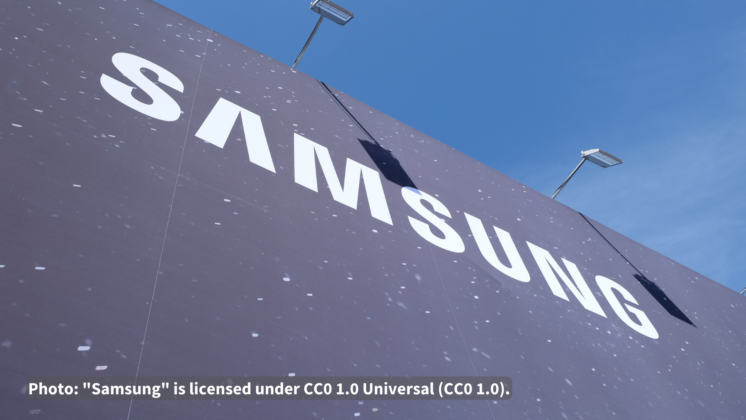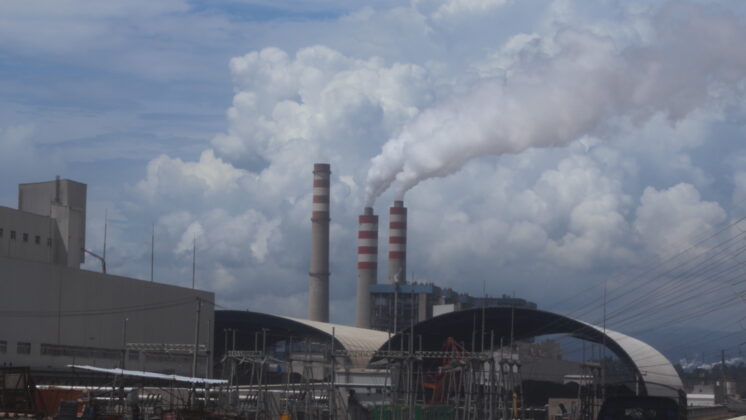The fate of large quantities of electronic waste is unknown, according to a Greenpeace report Toxic tech: Not In Our Backyard.
Even in regions such as the EU that are subject to
tighter regulation, there is no precise information on what happens to as much
as 75% of e-waste generated. In the US, this figure could be as high as
80% or more, since the amount of e-waste which is reported for recovery
includes some of the e-waste that is exported to developing countries.
In newly industrialised countries it is almost impossible to estimate the
amount of e-waste escaping any form of treatment or management, although in India, it is
estimated that around 99% of domestic and imported e-waste, 143,000 tonnes per
year, ends up in the informal recycling sector or is simply dumped.
“It is the scrap yard workers in Asia who
are bearing the toxic burden of e-waste. They are exposed to a cocktail of toxic
chemicals when the products are broken apart, polluting the water, air and soil
of not only the scrap yards but the surrounding neighbourhood,” said Martin
Hojsik, Greenpeace International toxics campaigner. “The mountain of obsolete
electronic products is expanding at a huge rate as our consumption of
electronic devices continues to grow rapidly1.”
Figures provided by four PC manufacturers who have already developed take-back
and recycling activities suggest that only around 10% of own-branded
end-of-life products were recycled. The figures for mobile phones were even
lower, with only 2-3% being recycled. This means that, even for those companies
reporting their own-brands, the hidden flow of e-waste branded products
currently amounts to an average of 91% of past sales.
“The reality is that we cannot say with any certainty what happens to e-waste
once it has escaped responsible recycling. This is why manufacturers of
electronic goods need to increase their efforts to collect and responsibly
treat e-waste, introduce voluntary take-back schemes and remove hazardous
substances from their products so they can be more safely and easily recycled,”
added Hojsik. “Only in this way can we ensure that the dangerous tide of toxic
e-waste is stemmed, and that the hidden flow of e-waste doesn’t become a
problem in anybody’s backyard.”
Download report.
Notes to Editor
1 By 2008 the number of mobile phone users around the world is projected to reach some two billion, and sales of mobile phones are rapidly increasing in emerging economies as well – it is estimated that over 150 million new mobile phones will have been sold in China alone during 2007.
PC sales are growing globally (by 10.4% in 2006) – slowly in the US, Europe and Japan, but much faster in emerging markets. In China and India, sales of PCs have risen by around 400% in the last five-to-six years, and an estimated 750,000 PCs and 550,000 monitors were sold in Thailand during 2004.
45.5 million TVs were sold in the period 2005 to 2006, a growth of 3% from the previous year. This was driven by fast market growth in China (17%) and North America (8%). The shift to digital TVs in western countries contributes to the renewal of a saturated market.
62.7 million games consoles were sold in 2006. Growth of 14.9% in the year made it one of the fastest developing sectors in the field of electronic products. The market’s volume is expected to rise to 80.6 million units by the end of 2011.
Contact information
- Contact
Vicky Wyatt, Press Officer, Greenpeace International
Tel: 00 44 20 7865 8281
Email: [email protected]This e-mail address is being protected from spam bots, you need JavaScript enabled to view it - Martin Hojsik, Toxics Campaigner, Greenpeace International
- Tel: 00421905313395
- Email: [email protected]

